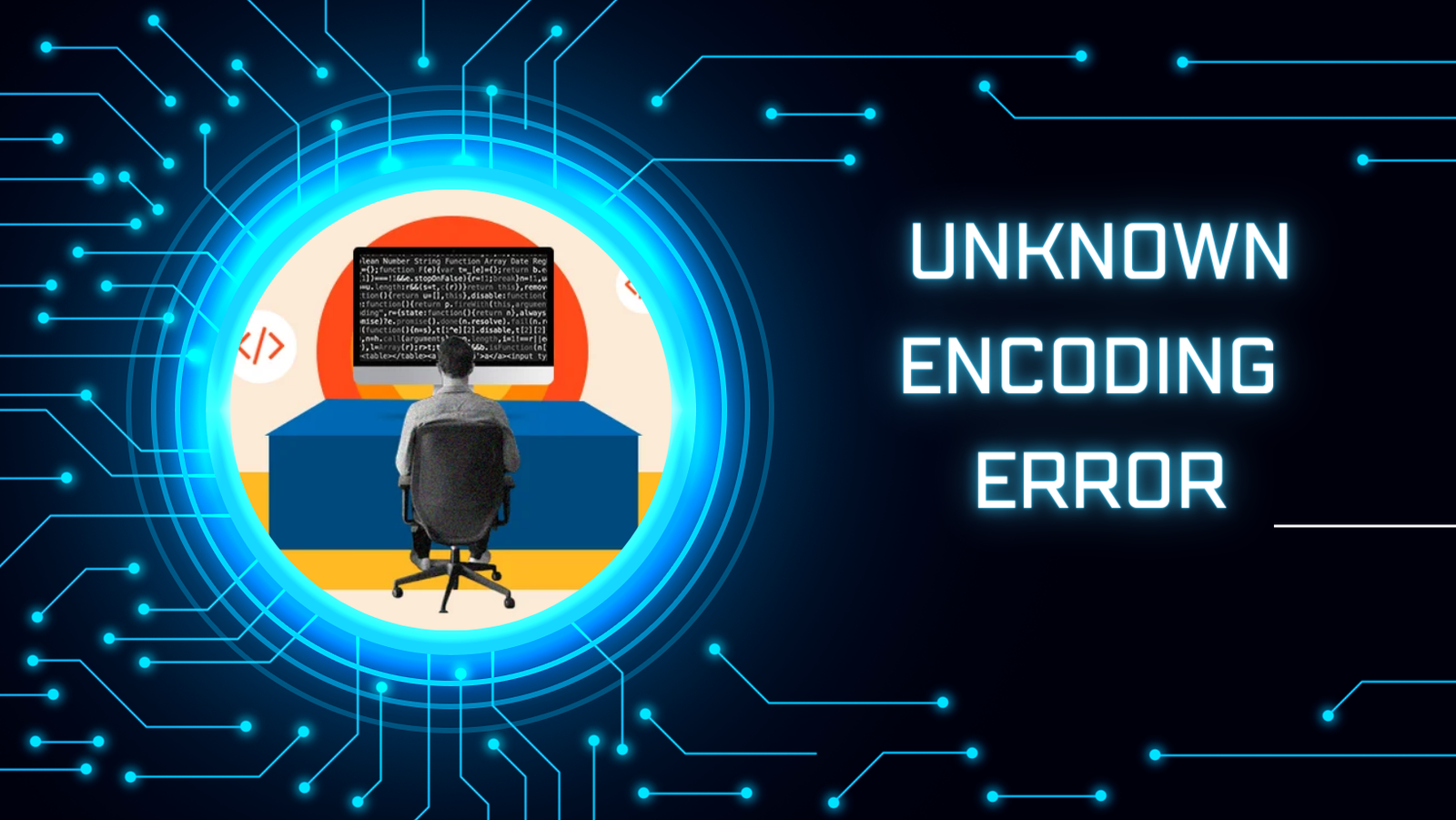Launching your latest marketing campaign or verifying transactions should never result in the unexpected appearance of an “unknown encoding” error, which can create serious delays that impede workflow and may halt work altogether.
Encodings transform Unicode strings into sequences of bytes. An example of such mapping would be code page 1252 on Windows, where CIRCLED LATIN CAPITAL LETTER S is changed into QUESTION MARK for optimal reading.
Encoding Types
Encoding is at the center of modern digital communication. It enables different systems to read and interpret data consistently across systems; without it, digital life would cease to function. Thus, understanding different encoding types and their interaction is of utmost importance for ensuring smooth digital living.
Encoding refers to the process of translating bits into human readable text using lookup tables, and when something goes amiss in this chain of abstractions you may experience an unknown encoding error.
Early character encoding schemes were often incompatible, leading to corruption when sharing data between computers that used different encodings. Two encodings could use the same number for two distinct characters or represent them with multiple numbers – leading to corruption when sharing between machines that used different encoding schemes.
As demand for more characters increased, multi-byte encodings became necessary to store more characters; these required more memory space to store these larger sets of characters such as BIG-5 and SHIFT-JIS encodings.
While legacy encodings like Big5 and EUC-JP still have their uses, modern encodings such as UTF-8 are generally recommended as they support logically ordered text better compared to Big5. If possible, try to convert existing legacy content to UTF8 when producing new material and make the effort to convert existing legacy encodings to UTF8 when producing new. Also try avoiding those listed in the Encoding specification that have interoperability problems, like Big5 or EUC-JP; opt instead for ISO-8859-1 or UTF-8 when working with text.
Invalid Encoding Type
Merchants frequently encounter Invalid Encoding Type errors on Google Shopping that can harm performance overall. This issue stems from non-standard characters being pulled through into Merchant Center through feeds such as (c) or (p) copyright symbols that aren’t approved by Google; such characters could lead to the description being flagged as having Invalid UTF-8 Encodings.
One of the primary difficulties of Unicode is that a single code point can be represented multiple ways within multi-byte encoding such as UTF-8. According to its standards, each code point must be represented using no more than the minimum number of bytes required to hold its significant bits; longer representations of codepoints do not constitute valid UTF-8 representations of these codes points.
Byte Order Mark (BOM) mishandling can lead to overlong encodings, as can input that hasn’t been properly validated or sanitised before being processed. UTF-8 encoded strings can also become invalid when multiple-byte sequences are split or truncated incorrectly, creating invalid UTF-8 encodings that span over long encodings.
Data corruption occurs when data is transferred between systems or during file conversions and some bytes are accidentally cut off, leading to invalid encoding. UTF-8 encoded content is particularly problematic as Merchant Centre cannot understand what its meaning is; as a result, this may seriously limit what terms the Merchant Centre can match your products against.
Incorrect Encoding Type
An error occurred while encoding or decoding of a set or sequence type, as the decoder attempted to decode multiple values for one type. Please ensure your application sends out PDU numbers for all types it is encoding/decoding for.
PER decoding determined that an open SET or SEQUENCE value preamble, which indicates the presence and absence of optional PDU fields, was too long. Reduce the number of fields in your encoding so that its preamble length falls under 800 bits.
An integer value was encoded with an unexpected length when using an encoding scheme that does not support signed integer values, creating a discrepancy between its declared inner length or sum of sub-lengths and what was actually encoded.
Error code 0016 was encountered when an attribute in an XER encoding could not be recognized by its decoder, typically when files saved using one encoding were then opened using another.
Mojibake refers to when Japanese words that should be written in Hiragana or Katakana get translated to English using an unicode-encode dictionary instead of their default encoding, creating confusion when searching engines or browsers display them correctly. This issue is especially frequent among software used internationally or locally for internationalization such as web browsers or email clients that utilize internationalization/localization strategies; character encoding declaration should always be explicitly declared for web pages for optimal display purposes by search engines/browsers.
Python Version
Error “LookupError: unknown Encoding” in Python could indicate that you’re using an incompatible encoding. In such an instance, either switch encodings or modify your script accordingly in order to accommodate them.
Python is an increasingly popular programming language that has seen frequent updates throughout its life, often designed to add new features or address bugs within software applications. Unfortunately, some changes may incompatibly with older versions of the language – thus necessitating regular checks of which Python version a system is running.
Python usually releases major versions at regular intervals and minor versions soon thereafter to address small modifications and bug fixes. Minor versions tend to remain backward compatible with previous versions but may introduce features that break compatibility if outdated code is still running on them.
Find out which Python version your system is running by entering “python –version” into the terminal or command line, or searching a file like sysconfig.py to determine its version number with “python3 -version.”







